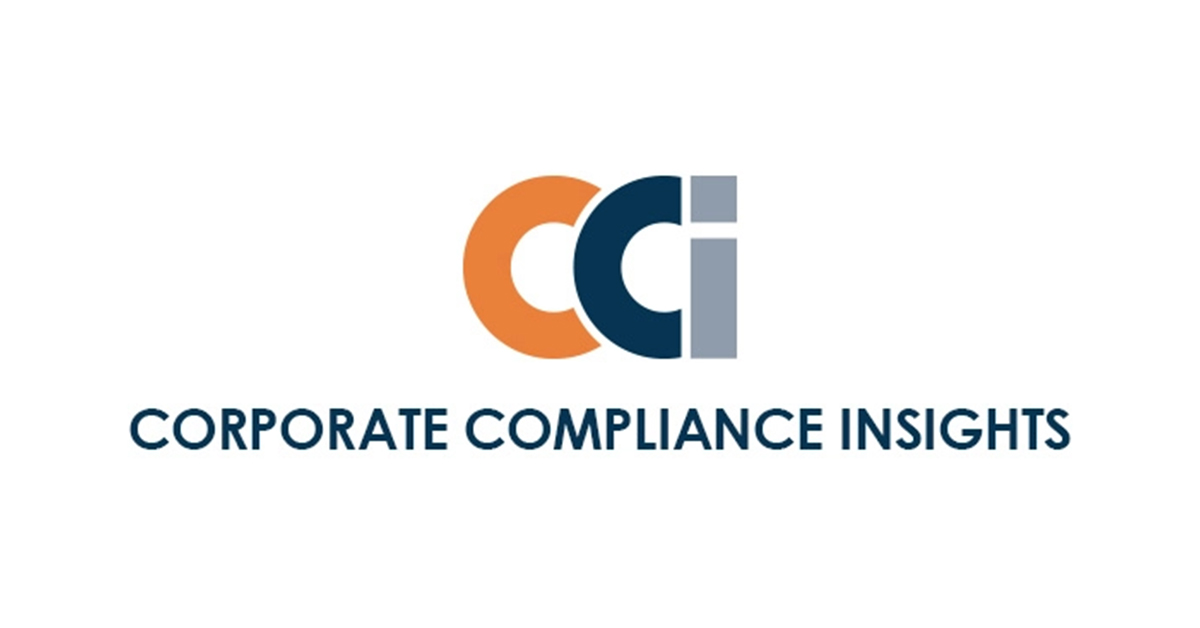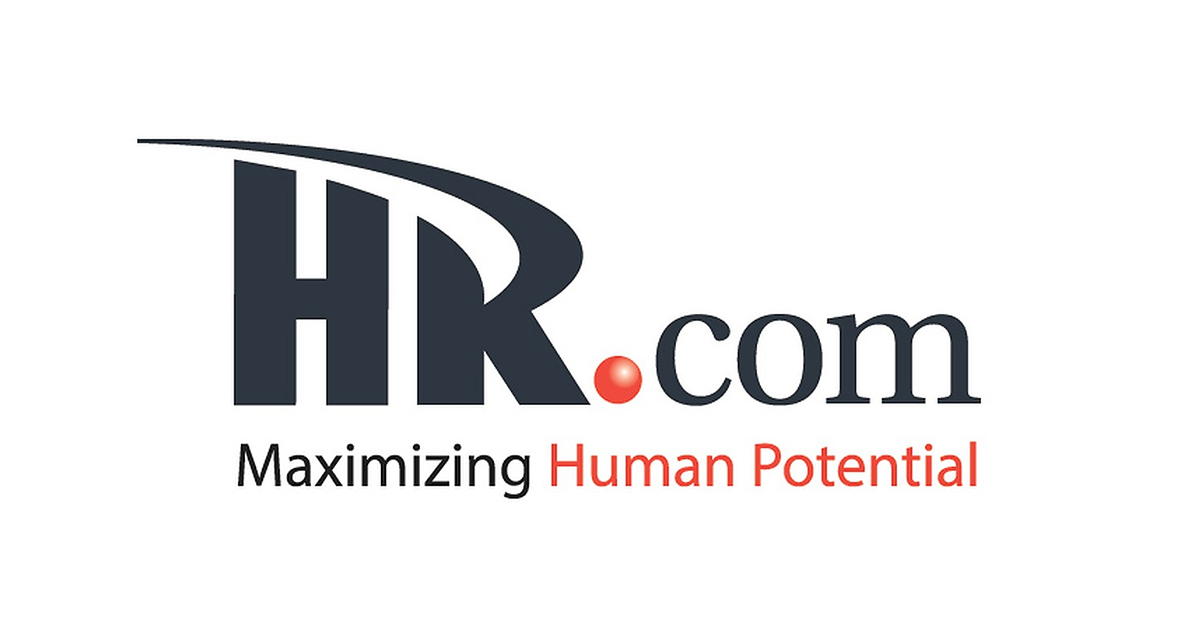With employee organization building, HR professionals should expect and prepare to handle union activity.
For many of us, “labor unions” conjure images of pins, posters and protests, organized by Teamsters on behalf of blue-collar workers who need a voice at the negotiating table. While fair pay and safe working conditions are still important to all workers, the traditional blue-collar image of unions is a thing of the past. Today, employee unions are organizing in record numbers across nontraditional industries—within companies that already offer incredible benefits, like Starbucks, Amazon, REI and Activision Blizzard (and Microsoft).
Originally unions were formed to protect worker safety, secure fair wages and ensure that everyone was treated exactly the same. Modern unions are organized around something more complex. New leadership is expanding the scope to include issues related to social justice, racial justice and creating equity.
Why are unions cropping up in nontraditional industries? Data points to reasons that shouldn’t surprise anyone in HR: Too many workers feel unheard and a great majority still don’t feel like they truly “belong.” According to data from the Worker Empowerment Research Network, large majorities of workers—well over half for many on issues such as benefits, compensation, promotion, employee respect and employer values—report a “voice gap” at work. Simply put, they don’t feel like they have as much say over working conditions as they want.
As if feeling unheard doesn’t damage engagement enough, far too many employees admit they don’t feel like they genuinely belong. A 2019 EY survey via HBR revealed that more than 40% of U.S. respondents reported feeling physically and emotionally isolated at work. While engagement may have rallied momentarily during the pandemic, a 2022 Gartner survey found that “seven out of 10 employees say their organization fails to inform them of opportunities to promote inclusion in their day-to-day work.”
It’s safe to say widespread employee support for unions has arrived. In fact, labor unions were the only institution for whom Americans’ approval did not decline over the past year. An August 2021 poll conducted by Gallup found support for labor unions at their highest point in the U.S. since 1965, with 68% support in the U.S. On top of that companies are seeing more strikes, more protests and a 58% increase in union election petitions.
With employee organization building, HR professionals should expect and prepare to handle union activity. Accepting reality is the first step. I still see too many organizations get caught off guard because they’re either in denial that it’s happening, expect no dissent or cling to the belief that workplaces can remain apolitical Shangri-Las.
What HR Can Do To Prepare
Here’s my advice for HR teams who want to get ahead of union activity:
1. Ensure employees have a voice that gets heard and acknowledged.
Gut check your culture. Do employees truly know you care about their issues? Where can they air grievances? Is that forum actively attended to and addressed by your leadership? How often are grievances resolved? Does your team report those resolutions back to employees and what is the medium for communication?
2. Confirm your commitment to pay equity, pay transparency and clear promotion processes.
Do all employees understand pay and promotion practices? If people in the same role are talking, will they uncover discrepancies in their pay? Does everyone understand what it takes to get a promotion? Where can they learn about this and is this front and center in your onboarding process?
3. Execute airtight HR processes and investigations.
Unclear employee relations processes and sloppy investigations make fertile ground for suspicion and could plant the seeds of mistrust. Ensure your processes are clear, consistent and scalable. Investigations should follow workflows that end with fair outcomes, appropriate transparency and meaningful after-care for everyone involved. Finally, make sure your documentation process is airtight and can stand up to any union grievance process.
4. Be recognizable employee advocates.
Today’s HR teams have to earn an objective reputation inside the company. HR can’t just defend the company; HR has to be on the side of employees, too. For most organizations, even HR business partners are still considered too “tight” with the business. When this is the reality, setting up a separate ER (employee relations) function can help you develop an employee advocate reputation.
5. Know what to look for.
Employee organizing could still happen even if you’ve covered all of the above. The good news is that there are some telltale signs you can watch for. Are you noticing chat boards created specifically to discuss employee issues? Have you seen invitations or flyers about offsite meetings? Have you seen union pins, posters or cards?
6. Make sure you’re identifying trends.
Some data trends can be indicative of union activity forming. When you review documentation, look out for employees using words like “grievance,” “seniority” and “protected activity.” An uptick in wage and hour claims or investigations or even claims related to promotions could indicate a heightened awareness of things traditional unions could focus on.
In A Nutshell: Don’t Underestimate The Power Of ‘An Ounce Of Prevention’
While there is no silver-bullet approach to prevent union momentum, HR teams can and should make the effort to understand why employees feel compelled to organize in the first place. Once they understand the core reasons, they have a better chance of course-correcting organizational vulnerabilities and strengthening the fundamental policies that support employee voice and sense of well-being.




